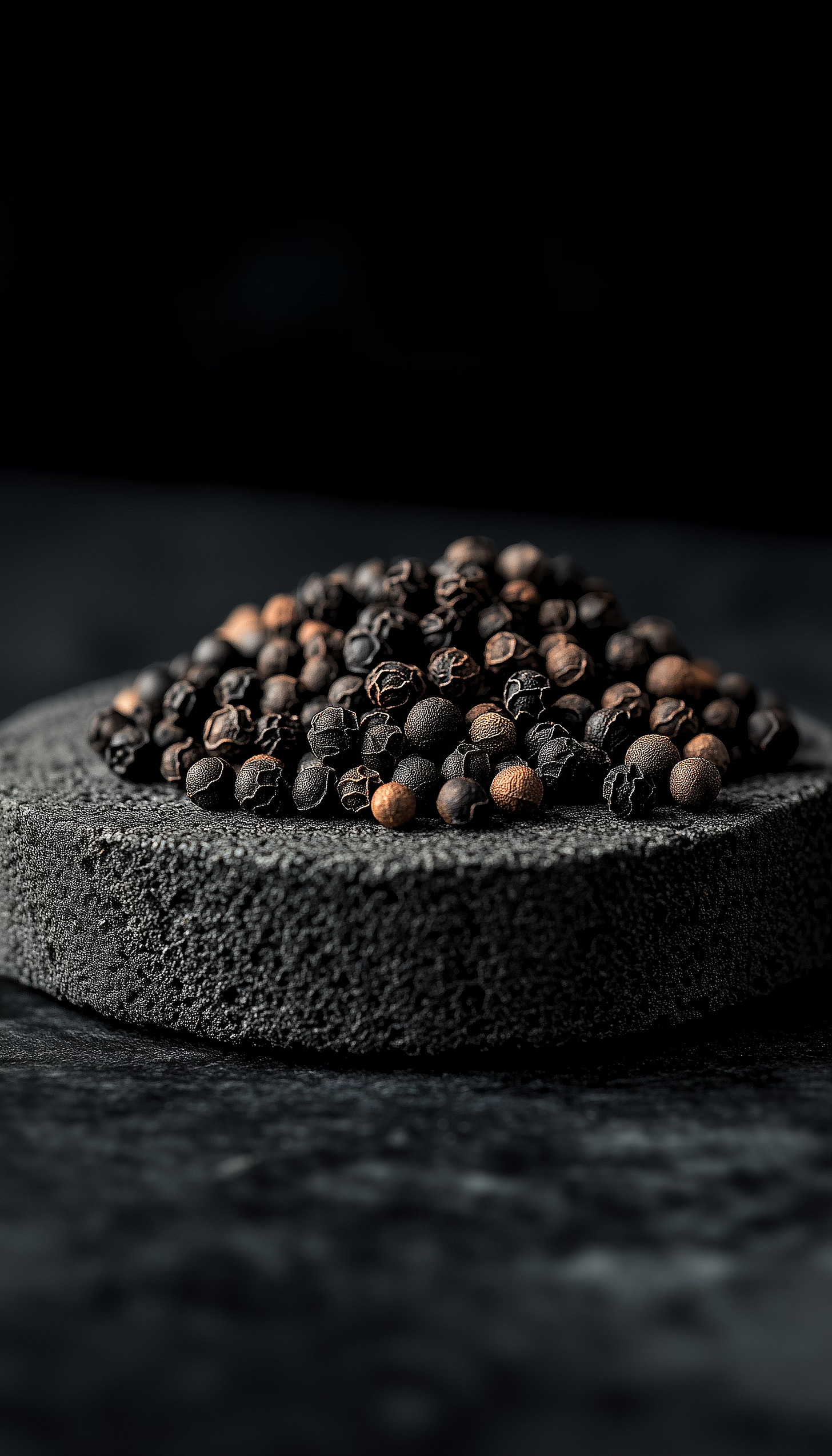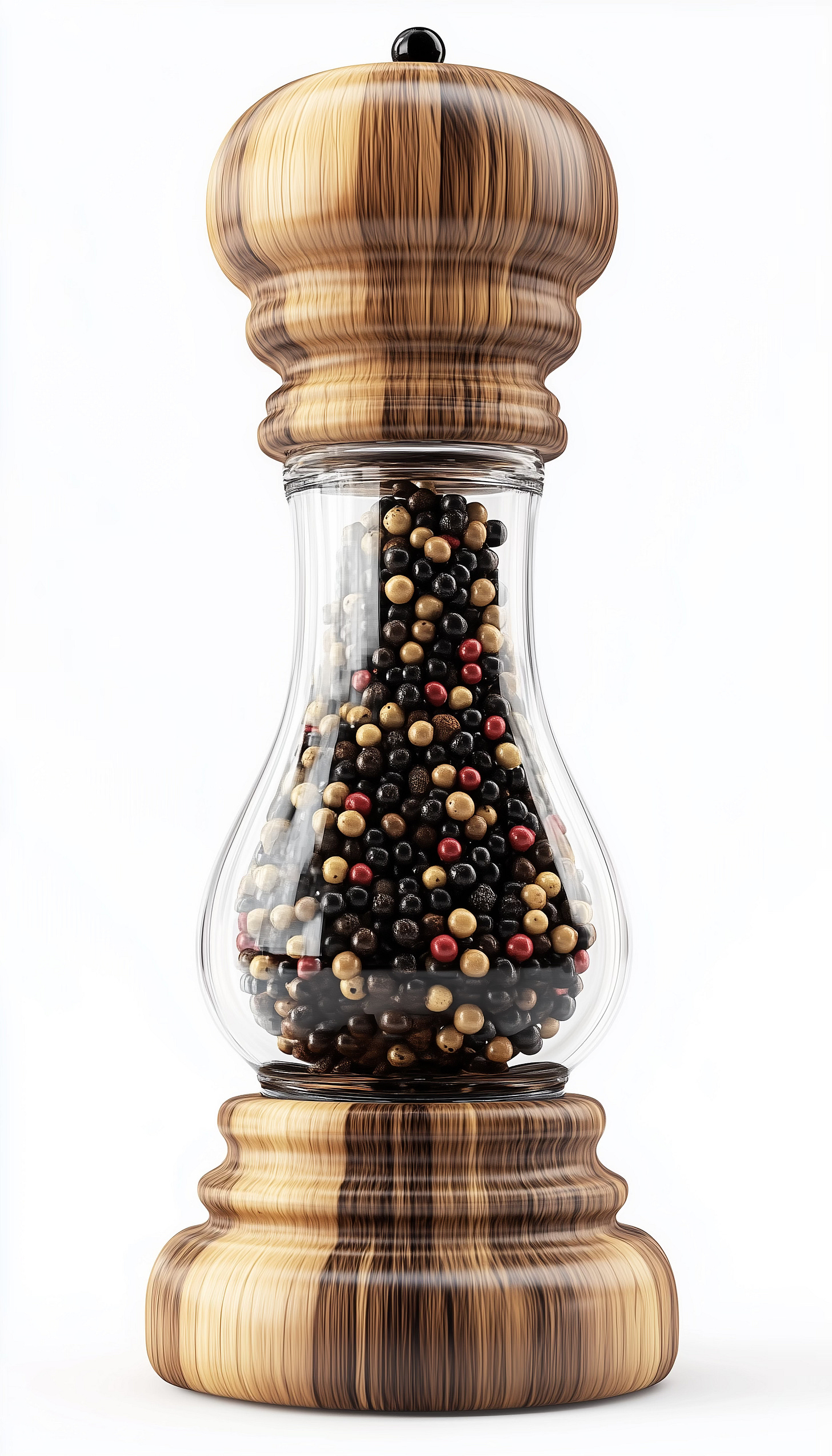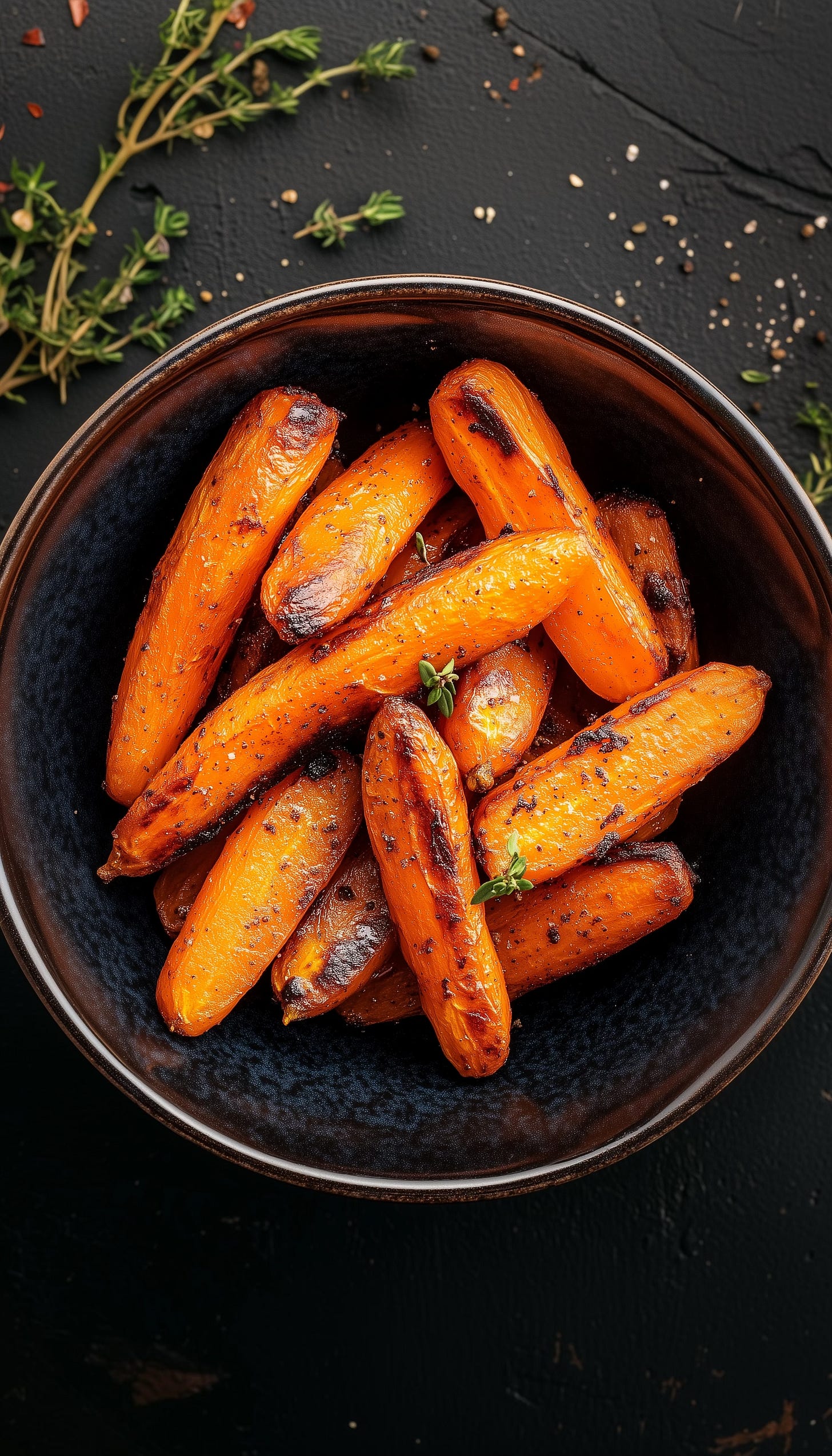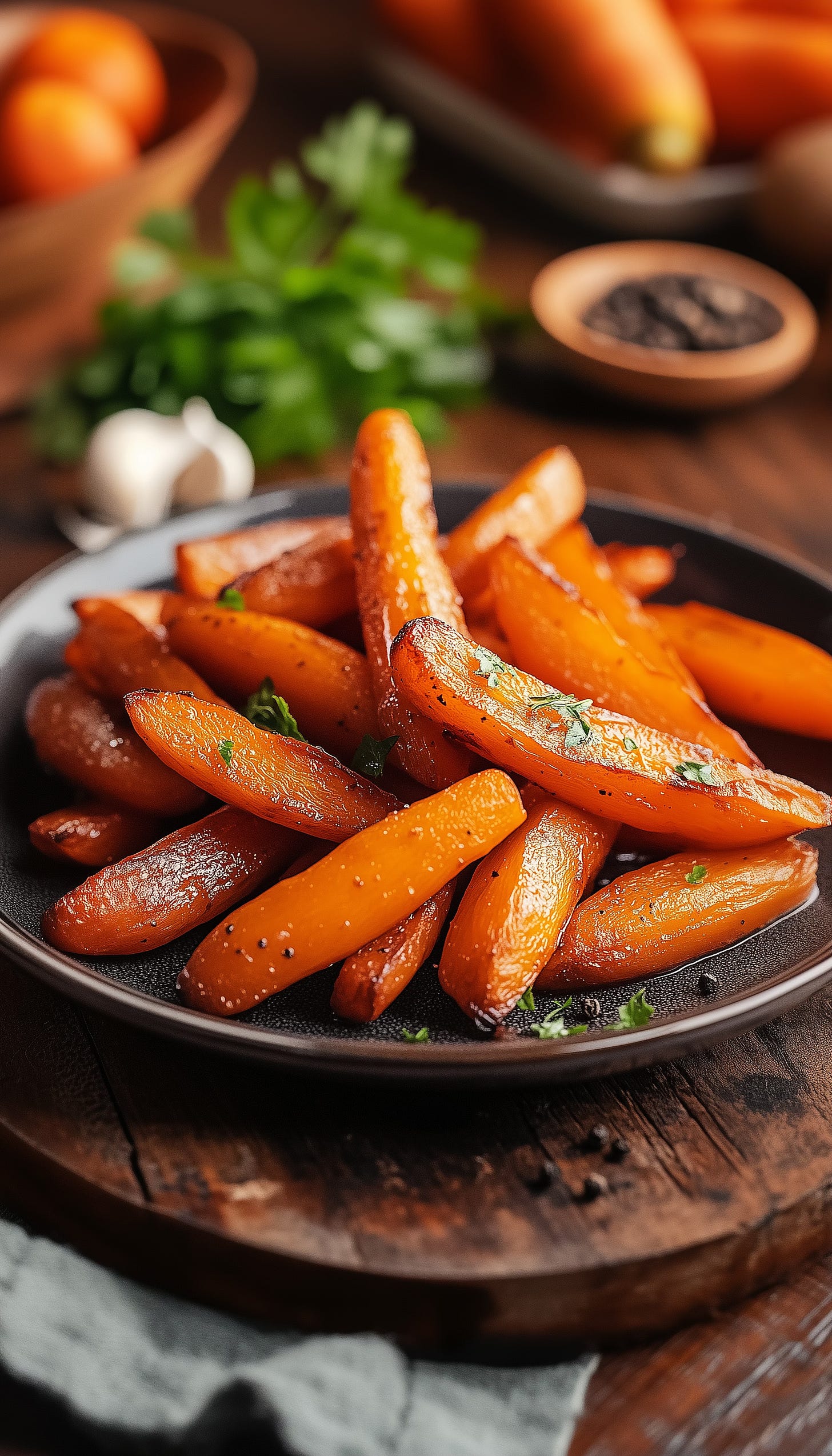Cracked Pepper: The Bold Spice with a Rich History
Black pepper, often called the "King of Spices," has been a culinary and medicinal staple for centuries. While finely ground pepper is common, cracked pepper offers a bolder, more aromatic flavor, making it a favorite among chefs and food enthusiasts. But beyond its culinary appeal, cracked pepper carries a rich history, fascinating symbolism, and a variety of health benefits.
The Origins and History of Cracked Pepper
Cracked pepper comes from black peppercorns, the dried, unripe berries of the Piper nigrum plant. Originally native to India’s Malabar Coast, pepper was one of the most prized commodities in ancient trade, often referred to as "black gold." It played a crucial role in global commerce, with traders from Rome, China, and the Middle East vying for control over its distribution.
Ancient Uses: The Romans used pepper as both a seasoning and a form of currency.
Medieval Influence: During the Middle Ages, it became a symbol of wealth and luxury, often used to pay rent or taxes.
Spice Trade: Pepper was so valuable that European explorers sought direct trade routes to India, leading to the Age of Exploration.
Modern-Day Cultivation: Today, black pepper is primarily grown in Vietnam, Indonesia, India, Brazil, and Sri Lanka, with Vietnam being the top producer.
Symbolism and Traditions
Pepper has long been associated with protection, power, and prosperity in various cultures:
Protection Against Evil: In some traditions, black pepper was used in spiritual rituals to ward off negative energy.
Symbol of Wealth: In ancient times, possessing large quantities of pepper signified affluence.
Traditional Medicine: Ayurveda and traditional Chinese medicine have long utilized black pepper for its warming properties and digestive benefits.
Health Benefits of Cracked Pepper
Boosts Digestion – The active compound piperine stimulates digestive enzymes, improving gut health and nutrient absorption.
Rich in Antioxidants – Black pepper contains powerful antioxidants that help combat free radicals and reduce oxidative stress.
Enhances Nutrient Absorption – Piperine increases the bioavailability of key nutrients like curcumin (from turmeric), making it an essential ingredient in many herbal remedies.
Supports Respiratory Health – Pepper is known to clear nasal congestion and promote easier breathing due to its expectorant properties.
May Aid in Weight Loss – Piperine has been shown to potentially help boost metabolism and support fat loss.
Cracked Pepper in Cooking
Cracked pepper adds depth and texture to dishes, making it a preferred choice for seasoning meats, vegetables, soups, and even desserts. Its bold, pungent flavor pairs exceptionally well with cheeses, citrus, and honey.
Recipe: Cracked Pepper and Honey Roasted Carrots
Ingredients:
1 lb carrots, peeled and halved
2 tbsp olive oil
1 tbsp honey
1 tsp cracked black pepper
½ tsp salt
½ tsp garlic powder
Fresh parsley for garnish (optional)
Instructions:
Preheat oven to 400°F (200°C).
In a bowl, toss carrots with olive oil, honey, cracked pepper, salt, and garlic powder.
Spread carrots evenly on a baking sheet.
Roast for 20-25 minutes, stirring halfway, until tender and slightly caramelized.
Garnish with fresh parsley and serve warm.
Final Thoughts
Cracked pepper is more than just a seasoning—it’s a spice with deep historical significance, remarkable health benefits, and versatile culinary uses. Whether you’re using it to enhance your meals or harness its medicinal properties, this bold spice remains a kitchen essential. So, the next time you reach for the pepper grinder, appreciate the centuries of history and tradition that come with each crack!
Want to see AI predict the future of black pepper? 🌶️ Check out this quick video where we explore bold new trends and unexpected uses for this classic spice! Watch here:








